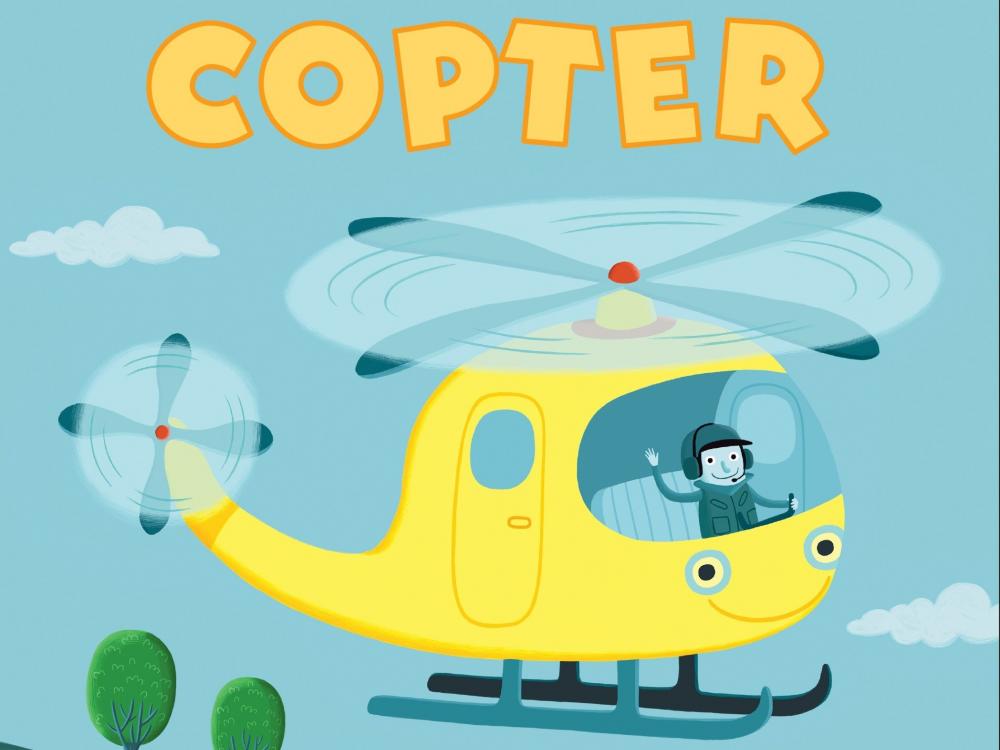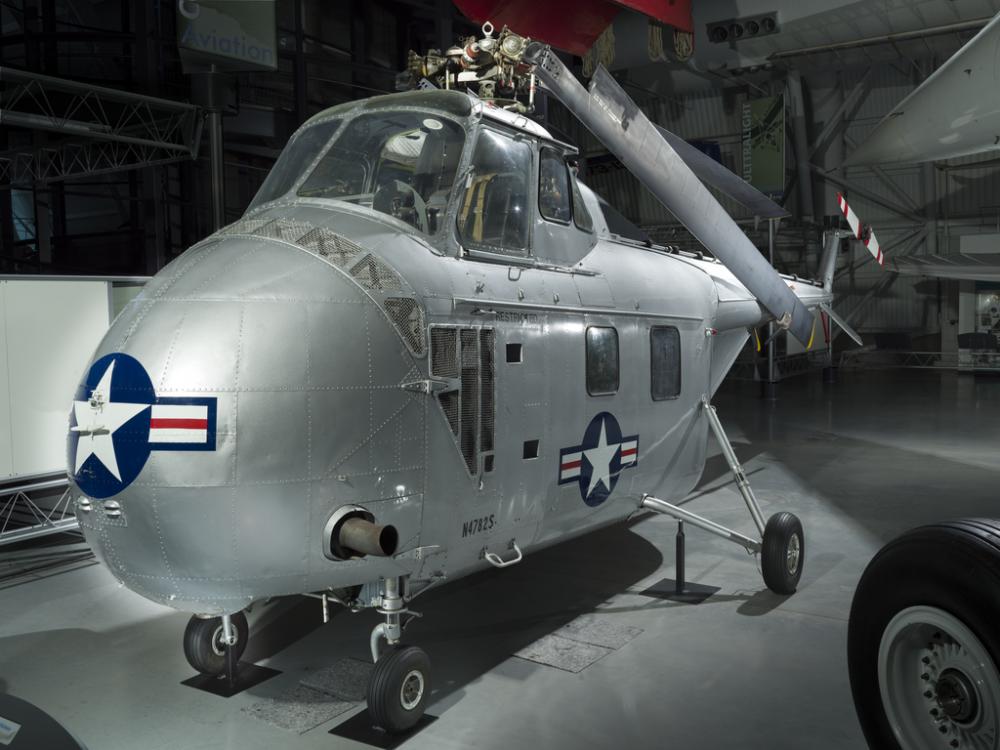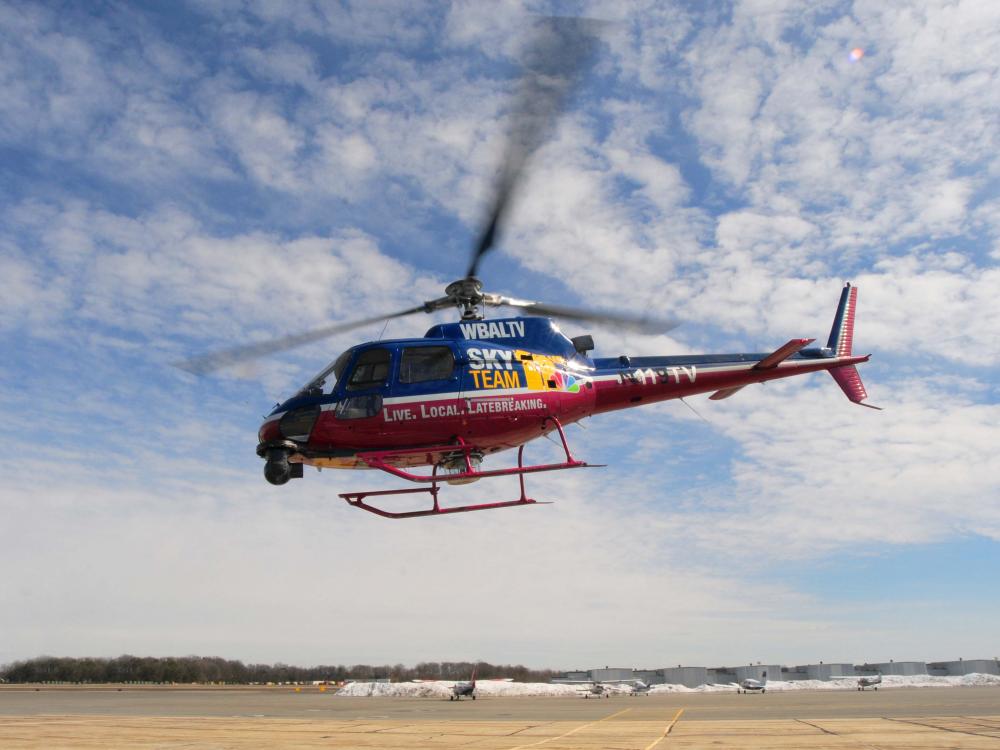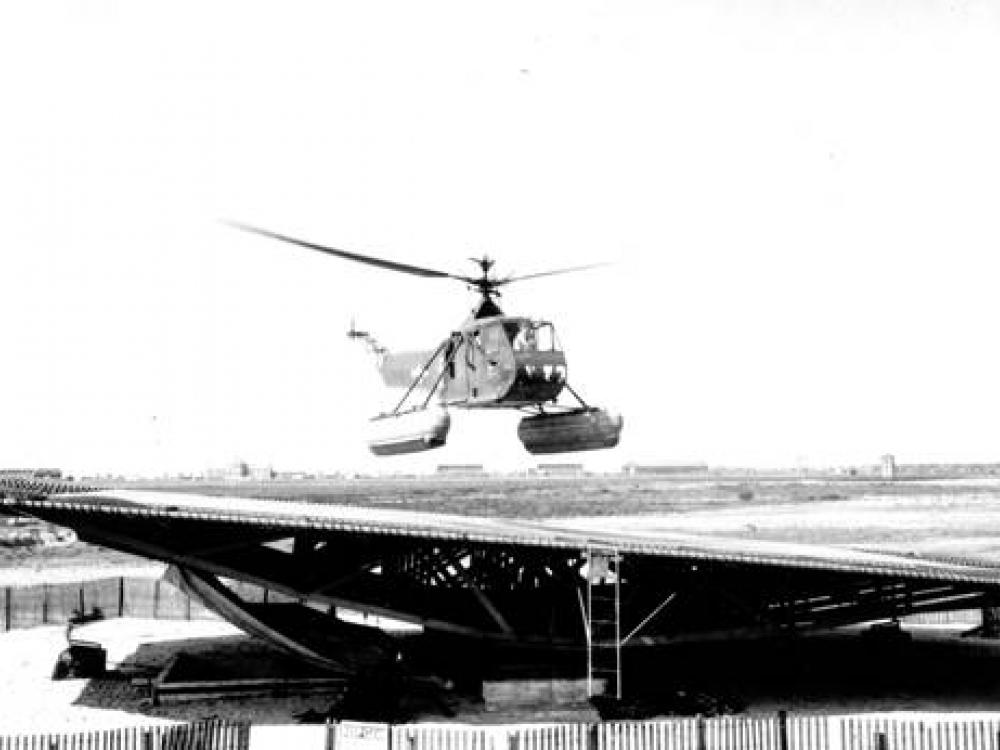
Yellow Copter
by Kersten Hamilton, illustrated by Valeria Petrone

High-Flying Helicopters
by Tony Mitton, illustrated by Ant Parker

Violet the Pilot
by Steve Breen


This month is the 100th anniversary of the first successful flight of the Autogiro, designed and built by Juan De La Cierva, an engineer from Spain.
The Autogiro is important in aviation history because de la Cierva solved engineering problems that paved the way for the design of other aircraft with rotating wings, like the helicopter.
Explore the activities below to learn more about the Autogiro and other rotorcraft!
Easy flyer! Join museum educator Ann Caspari as she demonstrates how to fold paper into a spinning whirligig.
Craft Time is made possible through the generous support of the Conrad N. Hilton Foundation.
Experiment with the science of force and motion, air flow and rotating wings by making your own Whirligig Flyer!
What makes my Whirligig fly?
When you let go of the Wind Flyer, the force of gravity pulls it down. It doesn't drop straight down because air pushes up against the "rabbit ears" or blades. Since there are two blades, the air is pressing on the blades in opposite directions, causing it to spin!
Add a paper clip or pieces of tape to the end of your flyer. What happens when you add more weight?
How is this connected to rotorcraft?
Check these books out at your school or library to explore the topic of rotorcraft and the different uses of these aircraft!

by Kersten Hamilton, illustrated by Valeria Petrone

by Tony Mitton, illustrated by Ant Parker

by Steve Breen
Meet two women helicopter pilots who have made an impact with their work in helping people in need.
Modified from a craft from The Craft Train
The book Yellow Copter features a bright yellow rescue helicopter. Pilot La'Shaundra Holmes' Coast Guard helicopter is a bright red-orange! Now it's your turn to make your own model rescue helicopter.
Materials Needed:
Step 5: Create the rotors. Cut 2 small strips of card (about ¼ inch wide and 2 inches long). These will be the top rotors.
Use a push pin to poke a hole in the egg carton nub and in the middle of the two strips. Place the strips on top of the nub and insert the brad through all three holes. Turn the nub over and secure the brad inside.
You’ve just made your top rotor assembly.

Design Challenge
To land safely, helicopters need landing gear. They can be wheels, skids (rails) or even floats.
Take a look at the images below for inspiration and create landing gear for your helicopter using materials you have in your home, like toothpicks, chopsticks or pipe cleaners.
Once your toy helicopter has its landing gear, it is complete and ready to go on a rescue mission or other adventure!

Helicopter with wheels (Sikorsky YH-19)

Helicopter with skids (AS350B Helicopter)

Helicopter with floats (Sikorsky HNS-1 "Hoverfly")
Soar Together at Air and Space is made possible by the generous support of Northrop Grumman.